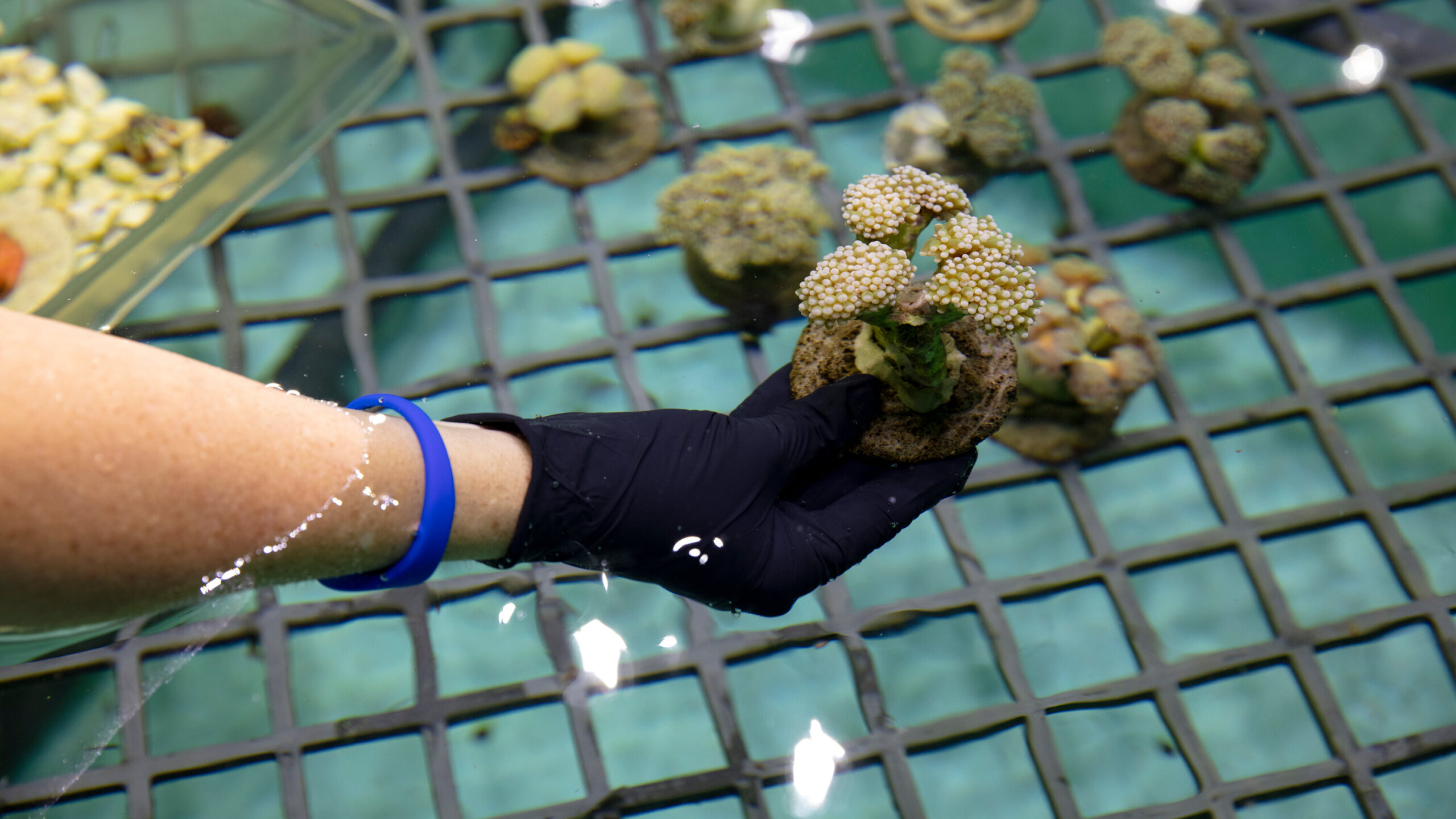By: Hunter Ding
The mass majority of smuggled animals into the United States of America are a combination of rare, exotic, and endangered vertebrates. However, other creatures have frequently been seized at American ports: corals.
Corals are invertebrates that live in vast colonies and form the foundation of the world’s tropical reefs. Marine traffickers can find them off the reefs of places like Indonesia, Fiji, Tonga, Australia, and the Caribbean. After being chiseled off their reefs, they are packed into small baggies of seawater to be boxed up and shipped around the world. Though most shipments are legal, there is an increasing number of individuals and wholesalers that are being intercepted with species that are restricted from trade, mostly hidden in crates containing legal species.
All over the world, corals who populate reefs, filter water and provide habitats for numerous fish and other ocean life are in danger. They are facing disease, bleaching events, ocean acidification, and warming seas. Where corals remain untouched by those natural effects are targeted by traffickers and sold to aquarium enthusiasts that either don’t know or don’t care that the coral was obtained illegally. Between 1999 and 2018, coral consisted of 14.6% of all seizures (United Nations Office on Drugs and Crime). 25 coral species are considered endangered or threatened under the Endangered Species Act. On an international scale, the Convention on International Trade in Endangered Species of Wild Fauna and Flora restricts the trade of around 1,900 coral species.
Often, when the animals reach American shores, they are sick. This is due to the fascinating biology of corals; when they are stressed, they create a heavy mucus layer for protection. This fouls the animal’s small reserve of water, affecting the pH and oxygen levels, causing more stress, a downward spiral that may lead to death.
As wildlife officials try to reduce the demand for illegal coral, they face major dilemmas about what to do with the imperiled animals they seize. Confiscated animals require care so they can act as evidence later on. Until the trafficker has been convicted, they must be held in captivity. Therefore, they must be cared for until the defendant in a trafficking case is either convicted or dismissed. Even then, returning them to the wild is problematic, as it is unclear where the animal originated, or the countries from where they were extracted won’t take them back.
As a result, a project was created called the Wildlife Confiscations Network. “We’ve set up a network of trusted, reputable facilities,” said Sara Walker, senior adviser on wildlife trafficking for the Association of Zoos and Aquariums. “And law enforcement can call one person, and that person will do all the legwork, calling around, finding out who’s got the space.”
Corals are better left in the wild, experts say, but after they are illegally trafficked, that may not be an option anymore. And so, in the end, there is a silver lining to them being kept by experts.











